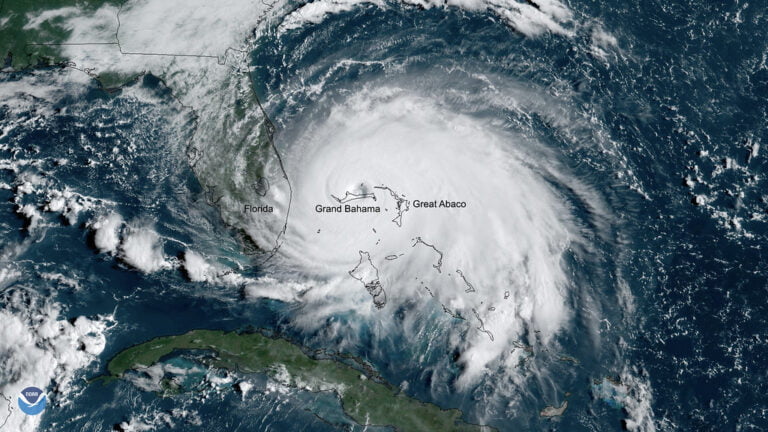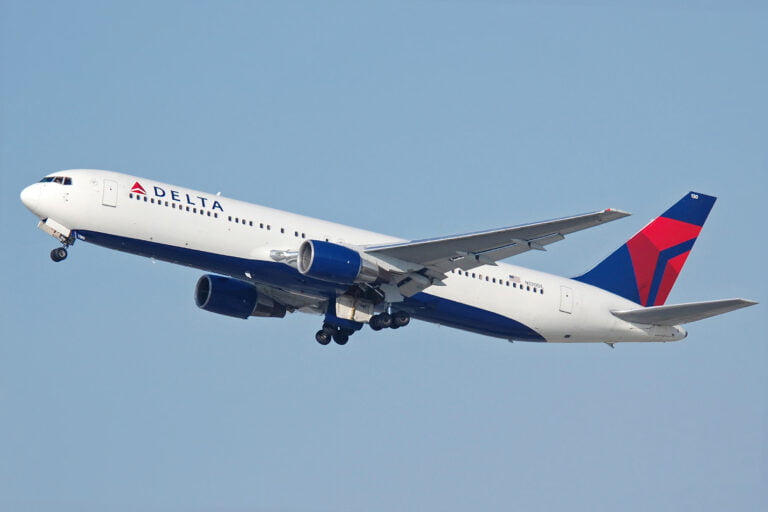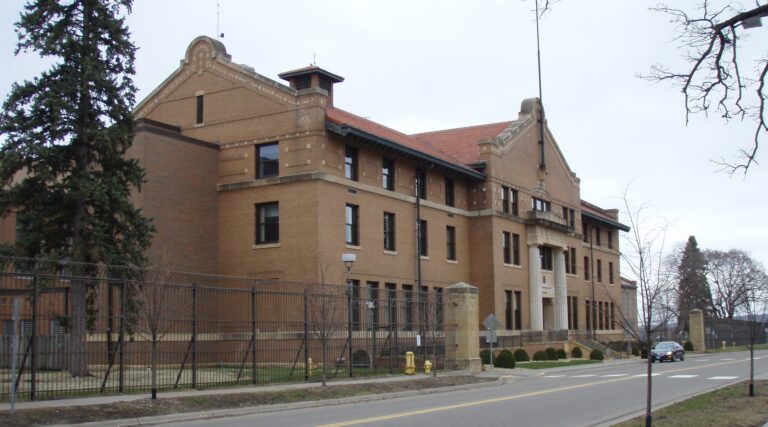Russia says major Ukraine drone attack reaches deep into its territory while Kyiv barrage kills 2
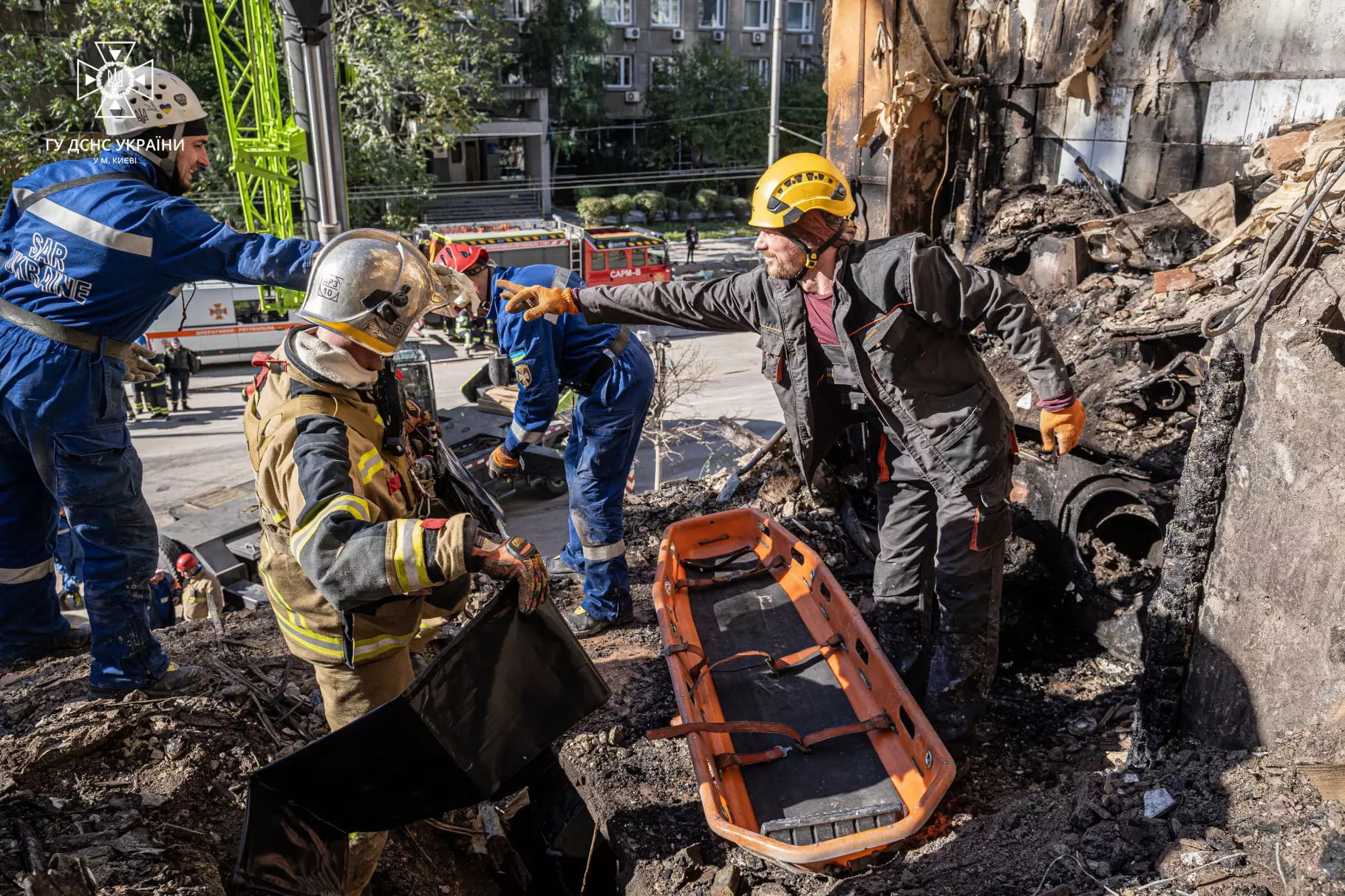
Russia says major Ukraine drone attack reaches deep into its territory while Kyiv barrage kills 2
KYIV, Ukraine – In a series of nighttime assaults lasting over four hours, Ukraine deployed a swarm of drones deep into western Russia, as reported by Russian officials and media on Wednesday.
The targeted areas included an airport close to Russia’s borders with Estonia and Latvia, resulting in a significant conflagration and considerable harm to four Il-76 military transport planes. These planes, capable of transporting heavy equipment and troops, sustained damage, according to emergency authorities as cited by the Russian state news agency Tass.
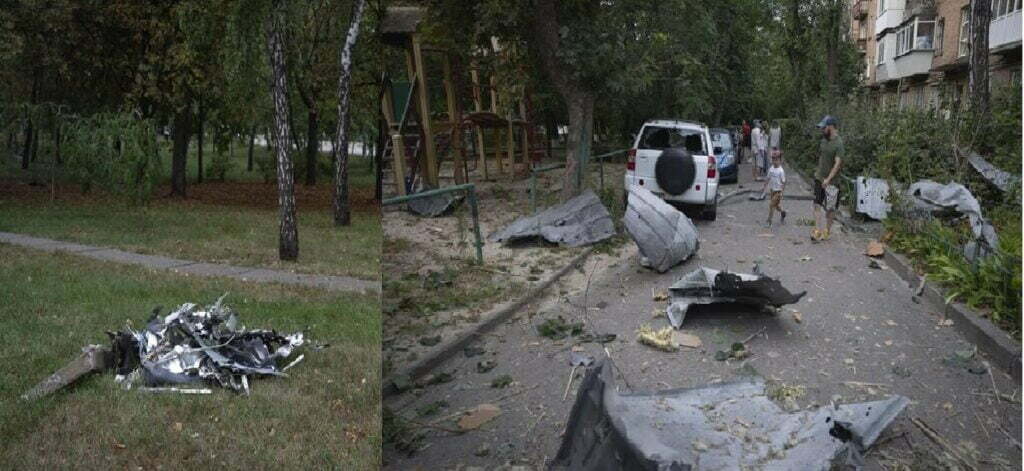
Spanning at least six Russian regions, this barrage marked one of the most extensive drone attacks launched by Ukraine on Russian territory since the commencement of the conflict 18 months ago. The Kremlin has consistently accused the Ukrainian military of incursions across the Belgorod region’s border and the use of drones aimed at Moscow.
Ukrainian officials, who typically disavow any responsibility for attacks within Russia, offered no immediate comment. Meanwhile, the Kremlin’s forces conducted a significant aerial and missile offensive on Ukraine’s capital during the night, which Ukrainian authorities labeled a “massive, combined attack” resulting in two fatalities.
The frequency of aerial attacks on Russia has escalated as the Ukrainian military undertakes a counteroffensive to expel Russian forces from its land. Ukraine’s focus has increasingly shifted towards targeting Russian military assets situated behind the front lines in the invaded regions of the east and south.
Ukraine has also claimed to employ aquatic drones against Russian vessels in the Black Sea. Reports from Ukrainian media suggest that Kyiv operatives utilized drones to strike bomber aircraft at airbases within Russia in recent weeks.
Russian authorities did not document any casualties resulting from Wednesday’s onslaught. The Pskov region’s airport, positioned approximately 700 kilometers (400 miles) north of the Ukrainian border and a similar distance west of Moscow, experienced the most substantial harm. Unverified media sources speculated that as many as 20 drones might have been involved in targeting the facility.
Visuals disseminated on social media depicted thick smoke from an extensive fire enveloping the city of Pskov, the capital of the region bearing the same name. During the night, videos captured loud explosions and illuminations punctuating the darkness, alongside the crackling sounds of air defense systems and tracers ascending into the nocturnal sky.
Mikhail Vedernikov, the Governor of Pskov, ordered the suspension of all flights to and from the airport for the day to enable damage assessment in daylight. He confirmed no casualties and reported the extinguishing of the fire.
Other regions affected in this wave of attacks encompassed Oryol, located 400 kilometers (240 miles) south of Moscow; Ryazan, positioned 200 kilometers (120 miles) southeast of Moscow; Kaluga, lying 200 kilometers (120 miles) southwest of Moscow; Bryansk, adjacent to Ukraine; and the area surrounding the Russian capital, according to the Russian Defense Ministry. Limited damage was reported in these regions.
Consequently, the three primary airports in the Moscow vicinity — Sheremetyevo, Vnukovo, and Domodedovo — temporarily ceased incoming and outgoing flights.
The Associated Press is unable to independently verify whether the drones were launched from Ukraine or from within Russia.
Mykhailo Fedorov, Ukraine’s Minister of Digital Transformation, acknowledged the country’s possession of drones with a range of up to 500 kilometers (300 miles). However, he did not explicitly accept responsibility for the attacks within Russia or on Crimea, which Russia annexed from Ukraine in 2014.
Fedorov commented in a recent interview with The Associated Press, “If you closely follow the recent news, you’ll see that there are reports almost daily about long-range drones hitting various targets in both the Russian-occupied Crimea and Russian territory. So, in this context, one might say that a sort of mass production of these drones has emerged.”
In a parallel development on Wednesday, Russia utilized drones and missiles in a substantial bombardment of Ukraine’s capital, as stated by Ukrainian authorities. This attack, reportedly launched from multiple directions using exploding drones and followed by missile strikes from Tu-95MS strategic aircraft, led to the deaths of two security guards and an injury to another individual.
The exact number of launched drones remains unclear, but the attack was described as the most extensive on the capital since spring. The aftermath revealed debris strewn across the streets and shattered windows in surrounding structures.
Furthermore, on early Wednesday, officials installed by Russia in Crimea reported repelling a drone assault targeting the harbor of Sevastopol, a port city. Previous drone attacks that impacted fuel depots and airfields in Crimea or areas of Ukraine held by Russia were attributed to Ukraine.
Explosions were also reported in the southern city of Odesa and the Cherkasy region in Ukraine.
The Ukrainian air force, in their daily update on Telegram, asserted that Ukraine’s air defenses successfully intercepted 28 cruise missiles and 15 out of 16 Shahed attack drones of Iranian origin, which were aimed at the capital and various regions across the country overnight. The statement did not clarify the fate of the remaining drone.


